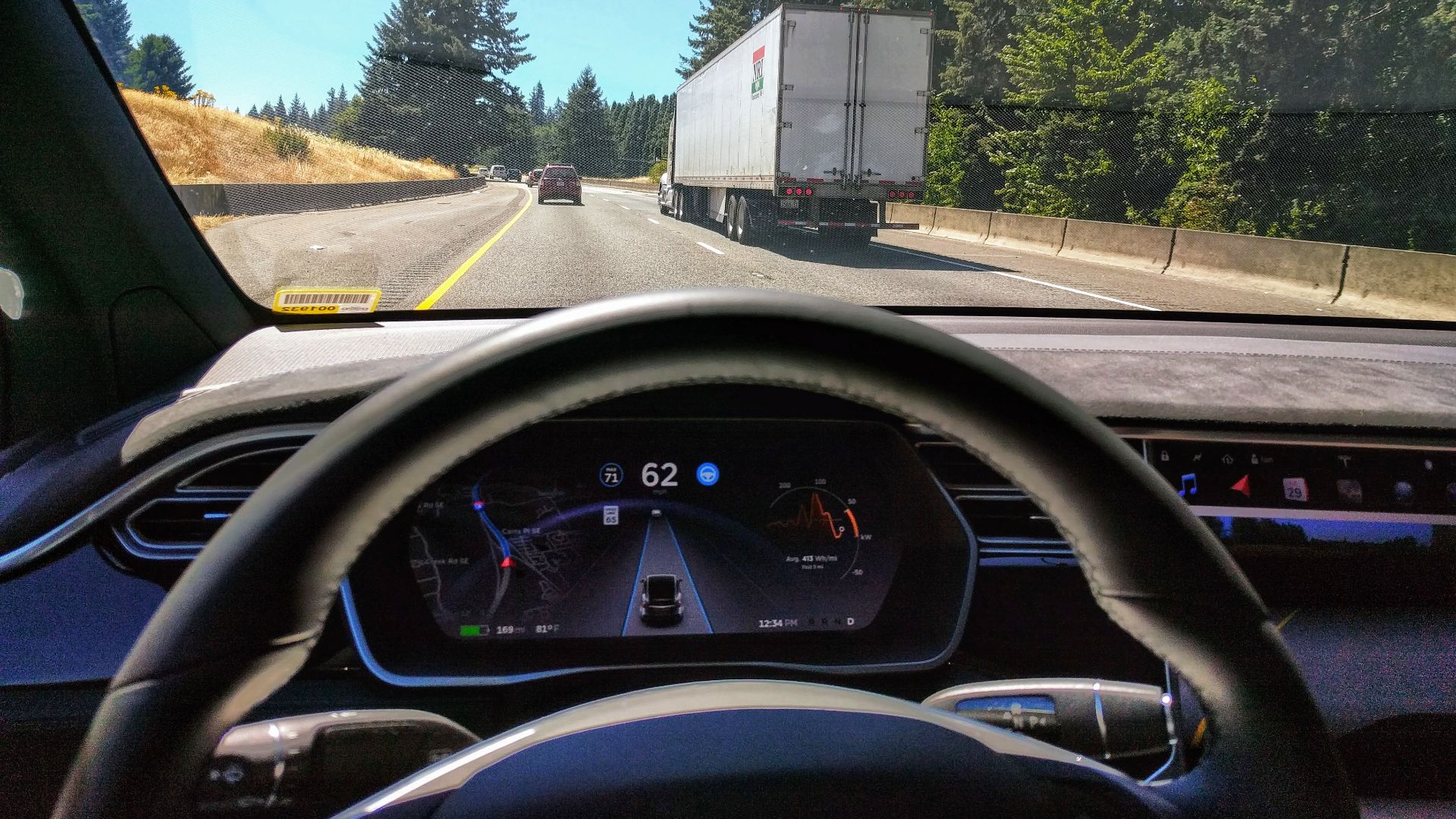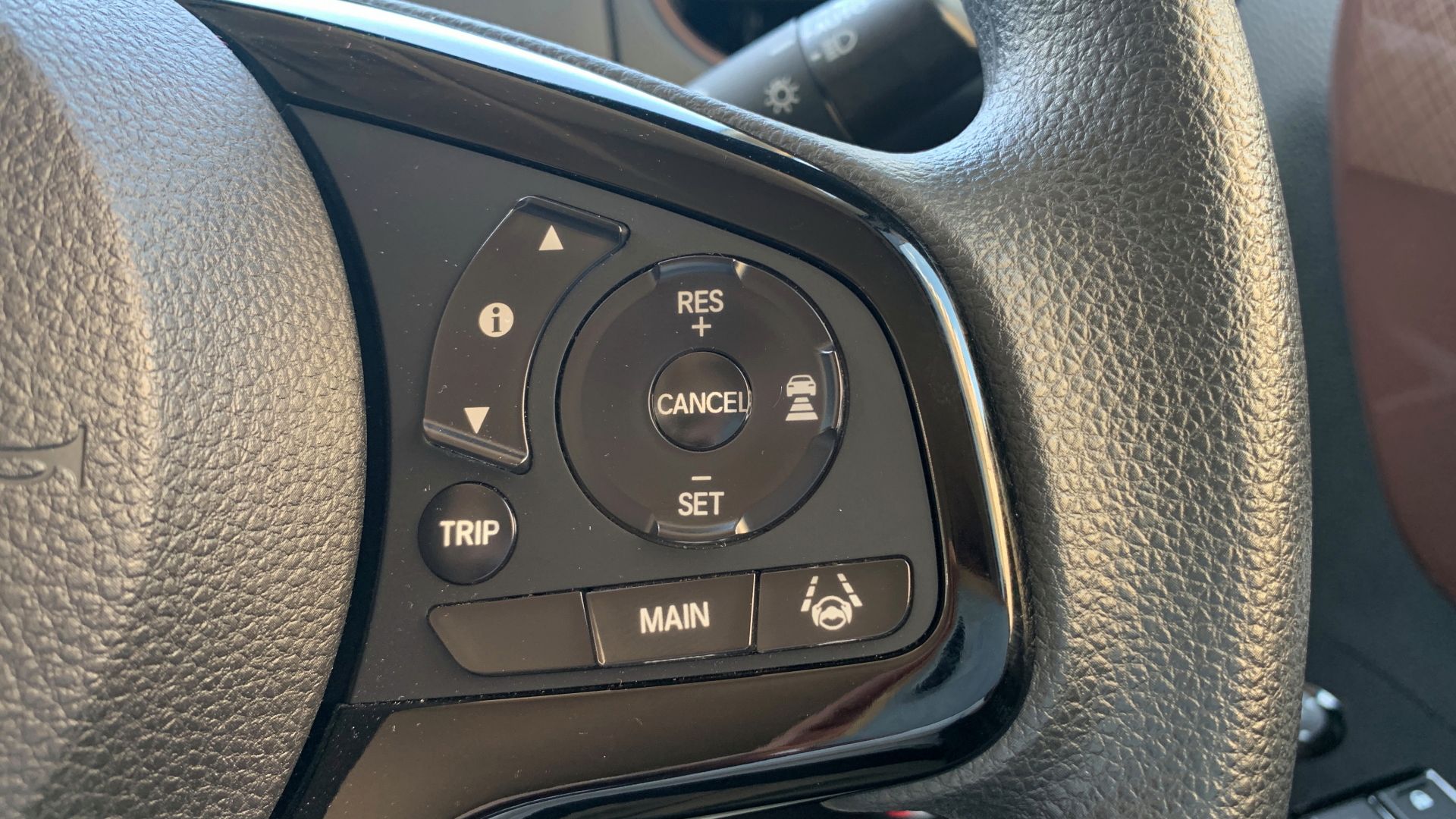Want To Drive Like A Pro?
Driving can be a bit like juggling—keeping track of everything all at once, just hoping nothing goes wrong. But with the latest car safety features, it’s like having an extra set of eyes and ears watching out for you. With these innovative new features, driving has never felt safer! So, let’s take a look at the 20 safety features that’ll turn you into the driver you always knew you could be.
1. Adaptive Cruise Control
Adaptive cruise control adjusts your speed in response to traffic flow, maintaining a safe distance without your input. Perfect for long drives, it reduces the need for constant speed adjustments, letting you relax more while staying safe. It's like having a co-pilot who’s always paying attention.
2. Lane Departure Warning
Accidentally drifting into another lane can be a real danger, especially on highways. A lane departure warning keeps you on track by alerting you when your car veers out of its lane without a turn signal. This subtle reminder helps you avoid weaving and stay focused on the road ahead.
 Toyota Safety Sense ™ Lane Departure Alert (LDA) Settings and Controls | Toyota by Toyota USA
Toyota Safety Sense ™ Lane Departure Alert (LDA) Settings and Controls | Toyota by Toyota USA
3. Blind-Spot Monitoring
Seeing all angles of the road can be tough, but blind-spot monitoring changes that. When you attempt a lane change, the system alerts you to cars in hard-to-see areas. It’s a tool for preventing side-swipe accidents on crowded highways.
 Subaru Safety Features | Blind-Spot Detection (2023) by Subaru
Subaru Safety Features | Blind-Spot Detection (2023) by Subaru
4. Automatic Emergency Braking
In a heartbeat, automatic emergency braking can save you. It detects obstacles and immediately applies the brakes if the driver doesn't react in time. This feature is ideal for stop-and-go traffic or sudden slowdowns, ensuring you're ready for the unexpected.
 Automatic Emergency Braking Technology Explained | Nissan USA by Nissan USA
Automatic Emergency Braking Technology Explained | Nissan USA by Nissan USA
5. Pedestrian Detection System
While driving, it’s not always easy to spot pedestrians. That’s where pedestrian detection steps in—scanning the road ahead for anyone on foot. If someone suddenly crosses your path, the system alerts you or automatically hits the brakes to help prevent a collision.
 Improved pedestrian detection boosts BMW X1 to highest IIHS award by IIHS
Improved pedestrian detection boosts BMW X1 to highest IIHS award by IIHS
6. Parking Assistance
Tight parking spots? No problem. Parking assistance uses automatic sensors and cameras to guide you into those narrow spaces. It’s a convenient feature for drivers who find parallel parking or crowded lots tricky. With this help, you can park with confidence and avoid potential bumps or dents.
 BMW Parking Assistant – What Is It & How To Use by BimmerTech
BMW Parking Assistant – What Is It & How To Use by BimmerTech
7. Traction Control System
Slippery roads can make acceleration tricky, but not with traction control. This system helps prevent wheel spin when driving on wet or icy roads. It keeps the vehicle stable and in control, even when you’re stepping on the gas. A must-have feature for winter weather driving.
 Is It Better To Drive With Traction Control On Or Off-The Truth by Helpful DIY
Is It Better To Drive With Traction Control On Or Off-The Truth by Helpful DIY
8. Electronic Brakeforce Distribution
Electronic Brakeforce Distribution juggles the pressure like a circus pro, sending more braking power where it’s needed most. Heavy load in the back? It adjusts. Solo front-seat ride? It adapts. You stop straighter, safer, and way more impressively than expected.
 2012 Prius v How-To: Electronic Brake-force Distribution | Toyota by Toyota USA
2012 Prius v How-To: Electronic Brake-force Distribution | Toyota by Toyota USA
9. Rearview Camera
Reversing can be a challenge, especially in unfamiliar spaces. The rearview camera eliminates that uncertainty, showing you what's behind your vehicle. Whether it’s backing out of a driveway or a crowded parking lot, you’ll always have a clear view of obstacles.
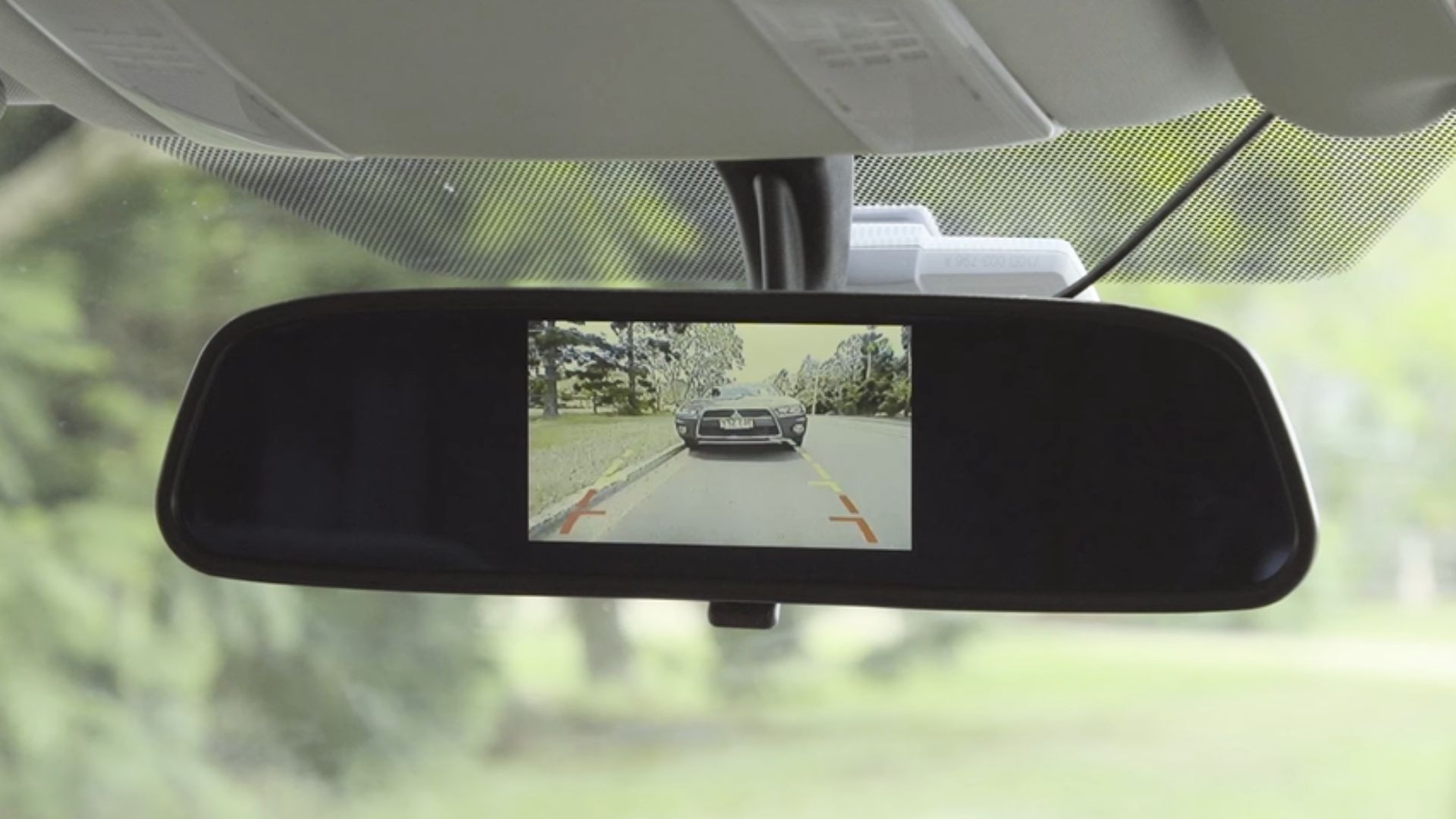 Gator 4.3" Rear View Mirror Mounted Reversing Camera by Supercheap Auto
Gator 4.3" Rear View Mirror Mounted Reversing Camera by Supercheap Auto
10. Night Vision Technology
Driving at night doesn’t have to be stressful. Night vision technology uses infrared sensors to reveal objects in the dark before your headlights reach them. It is a game-changer for rural roads or areas with limited streetlights.
 Night-vision Technology in Cars Protects Pedestrians | Consumer Reports by Consumer Reports
Night-vision Technology in Cars Protects Pedestrians | Consumer Reports by Consumer Reports
11. Cross-Traffic Alert
You’re reversing out of a parking space, and suddenly, cross-traffic! With cross-traffic alert, sensors detect approaching cars from the side, warning you before they’re in sight. So, back up confidently with this added layer of protection.
 What Is Rear Cross Traffic Alert and Why is it Important by evto
What Is Rear Cross Traffic Alert and Why is it Important by evto
12. Driver Attention Monitoring
Feeling tired or distracted behind the wheel? Driver attention monitoring notices when you're not fully focused. Tracking your steering inputs and behaviors will alert you to take a break if needed. It's like a friendly reminder to stay alert and safe behind the wheel.
 What Is a Driver Attention Monitor? by CarMax
What Is a Driver Attention Monitor? by CarMax
13. Forward Collision Warning
When the vehicle in front of you suddenly slams on the brakes, a forward collision warning jumps into action. The system uses sensors to detect a potential collision and alerts you with visual or audio signals. This way, you can avoid or reduce the impact of a crash.
 Forward Collision Warning by Car Insight
Forward Collision Warning by Car Insight
14. Surround-View Camera System
Tight spaces? It's not a problem with the surround-view camera system. It gives you a bird's-eye view of your surroundings, showing everything around the vehicle. No more worrying about potential obstacles—maneuvering in crowded spaces is now a breeze with this all-around visual tool.
 360-Degree Surround View Cameras: How Do They Work? by RideTechNews
360-Degree Surround View Cameras: How Do They Work? by RideTechNews
15. Speed Limit Assistance
Speed limit assistance detects road signs and alerts you if you're exceeding the speed limit. It’s a helpful reminder to stay within legal limits. Plus, it helps avoid costly tickets! Keep your driving safe and within bounds without needing to guess the speed limit.
 Intelligent Speed Limit Assist by HyundaiUSA
Intelligent Speed Limit Assist by HyundaiUSA
16. Hill Start Assist
Forget the panic dance between brake and gas. Hill Start Assist is your invisible co-pilot, holding the brakes for a couple of seconds on a slope. It gives you enough time to look cool, launch forward, and pretend you always had it handled.
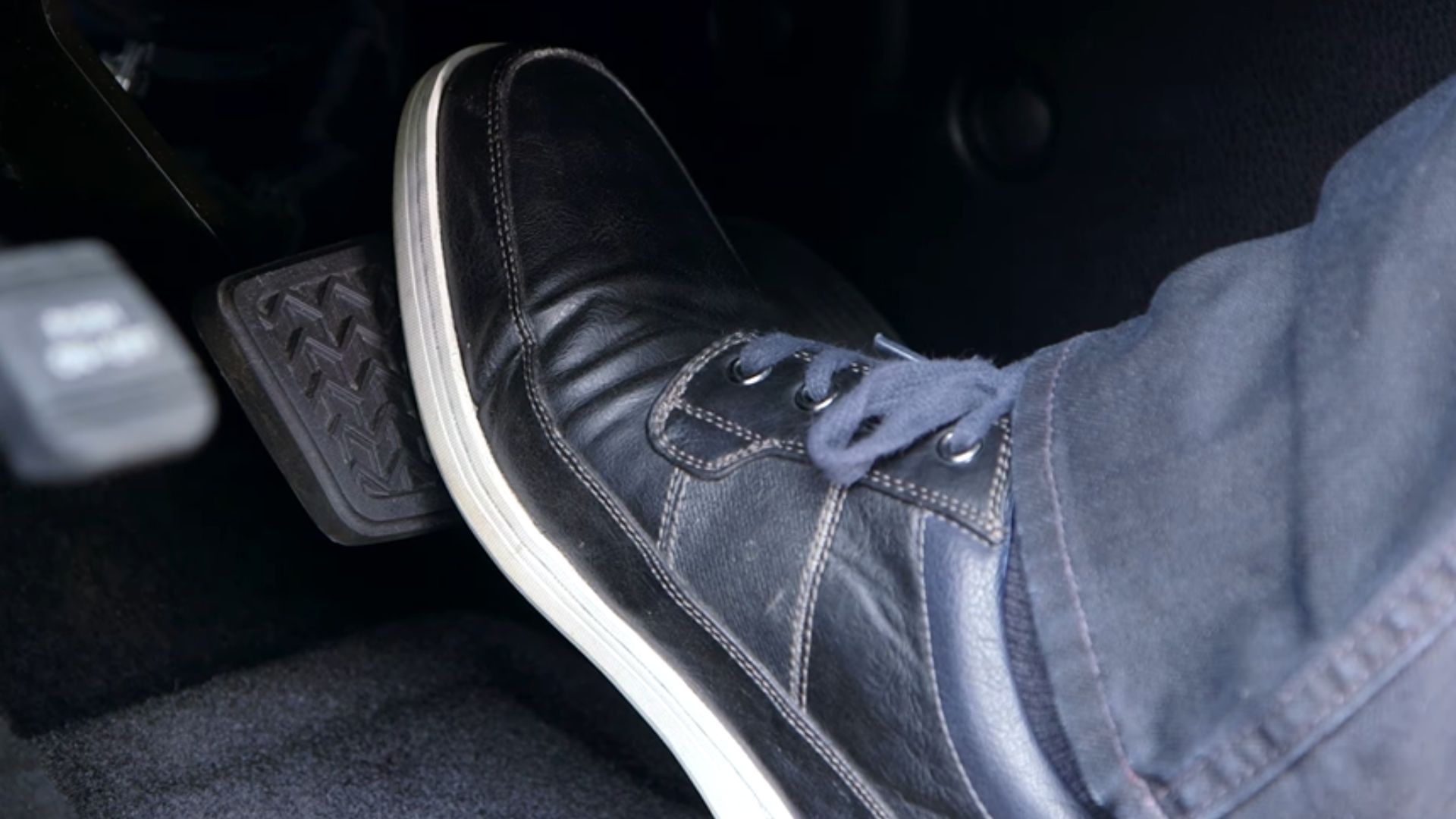 Hill Start Assist Control by Toyota Canada
Hill Start Assist Control by Toyota Canada
17. Adaptive Headlights
Standard headlights light up only the road ahead, but adaptive headlights adjust to your vehicle’s speed and steering angle. As you turn or cross curves, the lights follow to ensure you always have clear visibility ahead.
 Adaptive high beam system (AHS) by Toyota Europe
Adaptive high beam system (AHS) by Toyota Europe
18. Automatic High Beams
Automatic high beams adjust between low and high beams when detecting oncoming traffic. They help you see the road better at night without blinding other drivers. Moreover, it is also handy on long, dark highways where visibility is key.
 Ford Focus - Auto High Beam Control by Ford News Europe
Ford Focus - Auto High Beam Control by Ford News Europe
19. Electronic Stability Control
Maintaining control of your vehicle in slippery conditions is vital. Electronic stability control helps prevent skidding by automatically adjusting braking and engine power. Plus, it’s proven to reduce rollovers and loss of control in challenging weather conditions.
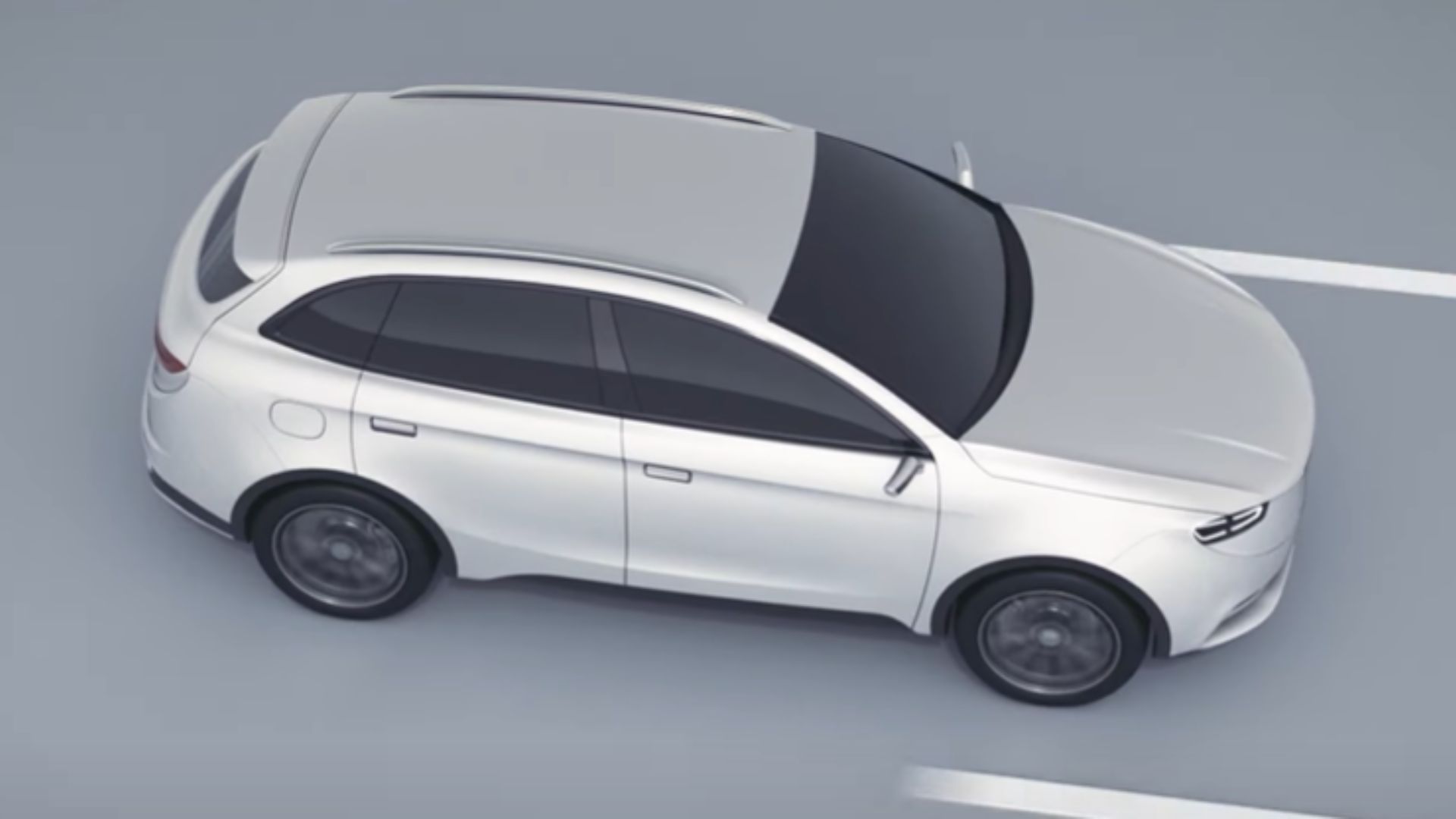 EN | Electronic stability program ESP® by Bosch Mobility
EN | Electronic stability program ESP® by Bosch Mobility
20. Fog-Sensing Light Adjustment
When fog rolls in, visibility can vanish in seconds. Fog-sensing light adjustment kicks in by detecting the fog's thickness and adjusting your headlights accordingly. It dims the high beams, reshapes the light pattern, and cuts down glare for safer driving.
 Automatic headlights, automatic highbeams, fog lights - 2020 Toyota by Alberni Toyota
Automatic headlights, automatic highbeams, fog lights - 2020 Toyota by Alberni Toyota


